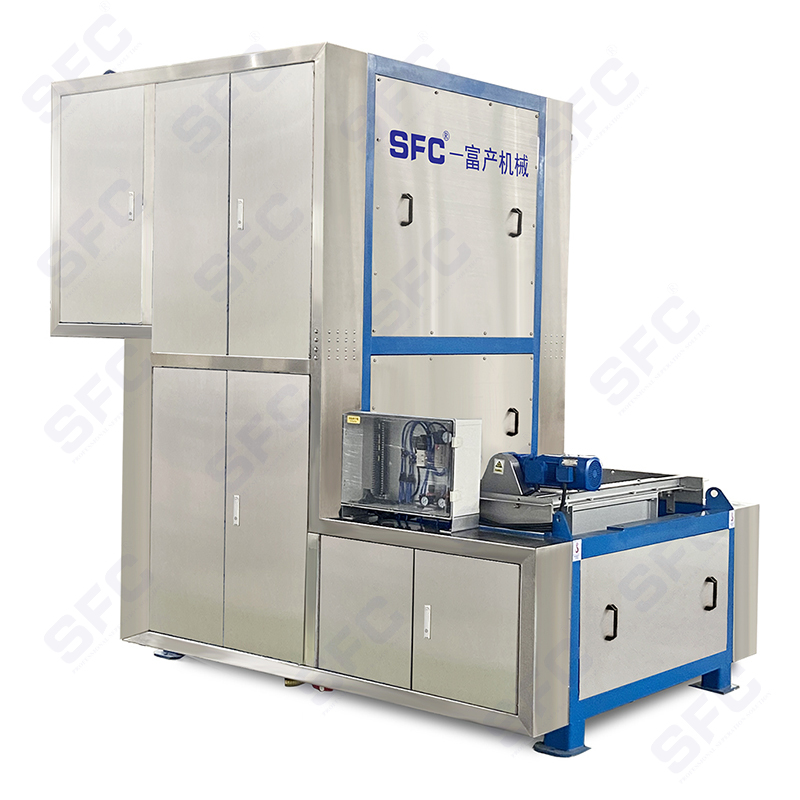Optimizing Energy Efficiency in Sludge Deep Dewatering Systems
Sludge deep dewatering systems play a vital role in improving the management and disposal of sludge, particularly in industries like sewage treatment plants, chemical plants, and other large-scale facilities that generate substantial amounts of waste. These systems are designed to reduce the moisture content of sludge, making it more manageable, easier to handle, and less environmentally harmful. However, one critical aspect that operators and facility managers must consider when selecting and running such equipment is the energy consumption and how to optimize it for maximum efficiency.
At its core, the deep dewatering process involves the secondary dehydration of sludge following primary treatment. This step uses modifying agents to break down the cell walls of the sludge, enabling the release of trapped water, both within the cells and adhered to the cell walls. As a result, the moisture content can be significantly reduced, typically to below 70%, and with the addition of skeleton agents, even lower, making disposal or further processing easier. However, this reduction in moisture comes at a cost—energy consumption. From the pumping and mixing of sludge to the operation of the dehydration units, energy usage can add up quickly.
The key question many plant operators ask is: How much energy does a sludge deep dewatering system consume, and more importantly, how can energy efficiency be improved? The energy demands of these systems are primarily driven by the mechanical processes involved in the treatment—pumping sludge through various stages, mixing it with modifying agents, and the operation of equipment such as centrifuges, presses, or vacuum systems. These mechanical processes can be quite energy-intensive, depending on the capacity of the equipment and the volume of sludge being treated. As such, optimizing energy efficiency becomes not only a matter of operational cost savings but also a step toward more sustainable, eco-friendly sludge management.

One of the most effective ways to optimize energy efficiency in sludge dewatering systems is by improving the mechanical efficiency of the equipment itself. Regular maintenance is key here—keeping pumps, centrifuges, and other critical components in top working order ensures they are operating at their most efficient. Worn or malfunctioning parts, such as clogged filters or inefficient pumps, can cause the system to work harder than necessary, increasing energy consumption. Additionally, selecting energy-efficient equipment that integrates the latest technologies can make a significant difference. For example, newer dewatering machines often incorporate advanced motor control systems that adjust power usage based on the specific sludge characteristics, reducing energy consumption during less demanding periods.
Another crucial area for energy optimization is in the treatment process itself. The type of sludge being processed greatly impacts the energy needs of the system. Municipal sludge, industrial sludge, and chemical sludge all have different characteristics, including moisture content, viscosity, and composition. By adjusting the treatment parameters—such as the amount and type of modifying agents used, or the temperature at which the sludge is processed—operators can tailor the energy usage to the specific needs of the sludge, avoiding unnecessary energy expenditure. For example, controlling the addition of modifying agents can help to break down the sludge more efficiently, thus reducing the amount of mechanical work needed to dewater it.
Furthermore, implementing automation and process control technologies in deep dewatering systems can contribute significantly to reducing energy usage. Modern systems come equipped with sensors and real-time monitoring capabilities, which allow operators to track key parameters such as sludge consistency, moisture content, and energy consumption. This data can then be used to make immediate adjustments to the process, ensuring that energy is being used as efficiently as possible. For instance, if the moisture content of the sludge is found to be consistently lower than expected, the system can automatically reduce its power usage or adjust the speed of the dewatering equipment.
In addition to mechanical and process improvements, there is also potential for energy recovery in sludge deep dewatering systems. Heat recovery systems, which capture and reuse waste heat generated during the process, can significantly reduce the amount of energy needed for heating purposes. These systems can be particularly effective in large-scale operations, where the energy requirements for heating and drying sludge are substantial. By reusing waste heat, operators can reduce the reliance on external energy sources, leading to both cost savings and a reduction in the environmental impact of the operation.



 English
English Español
Español













